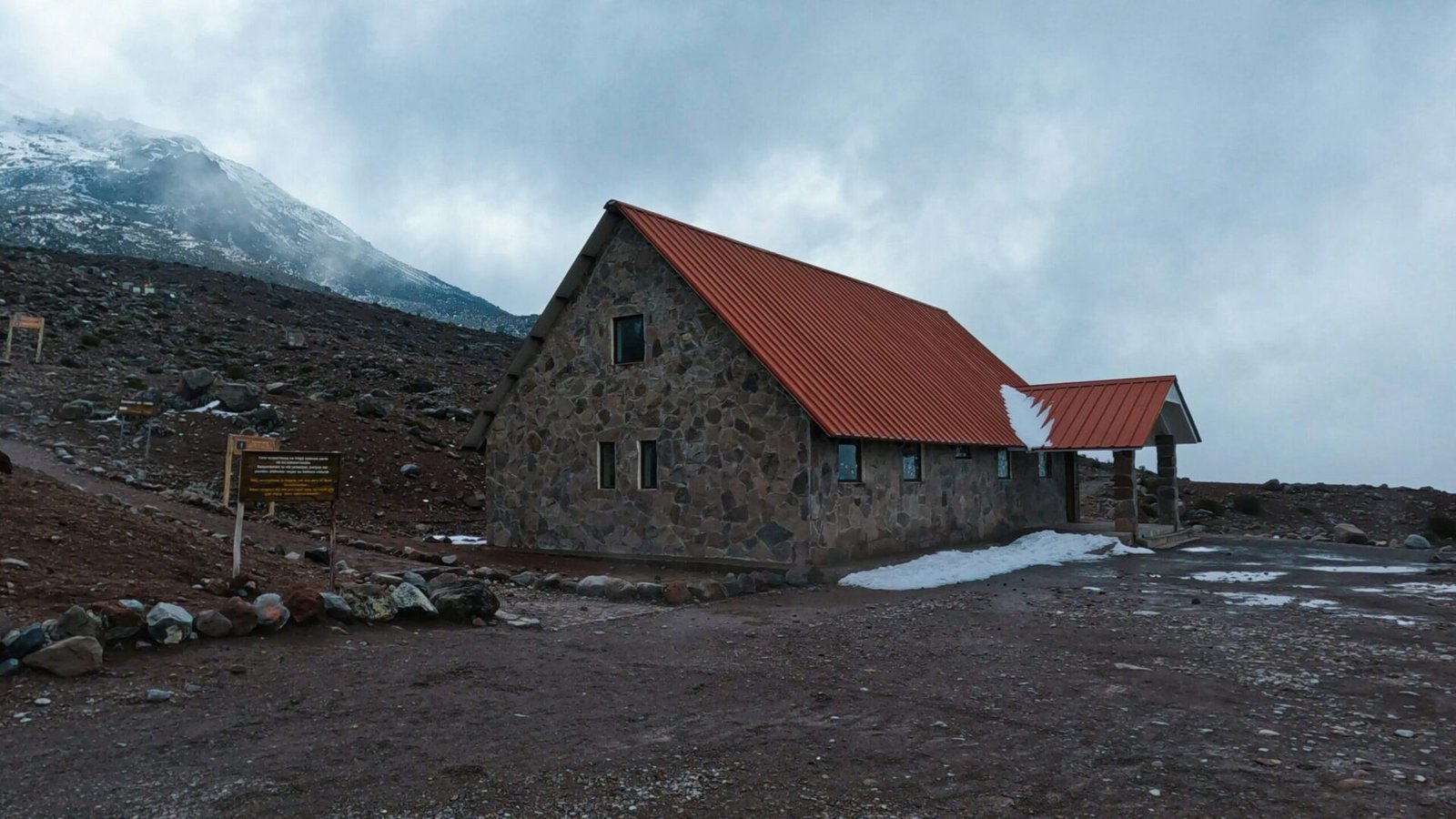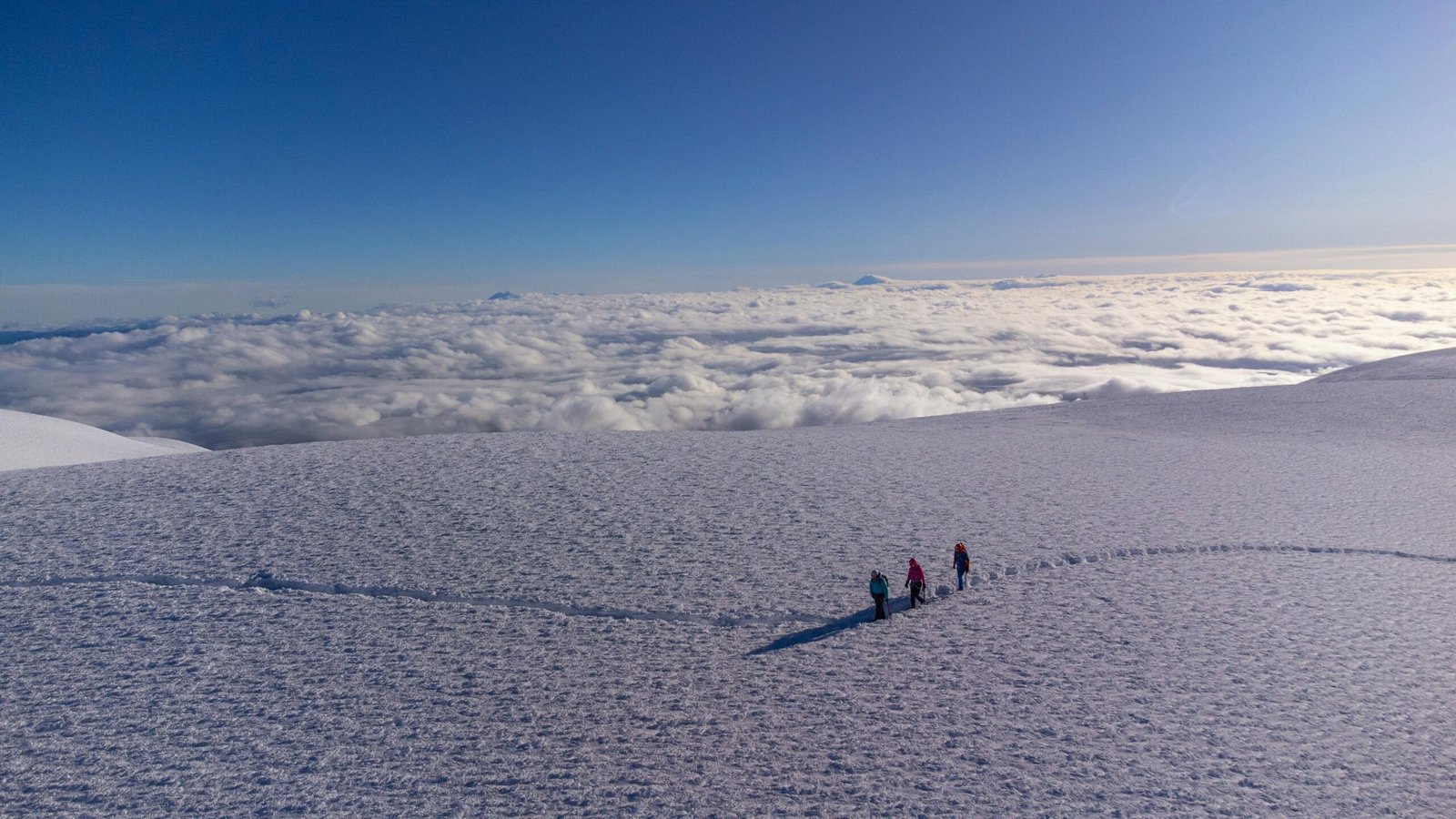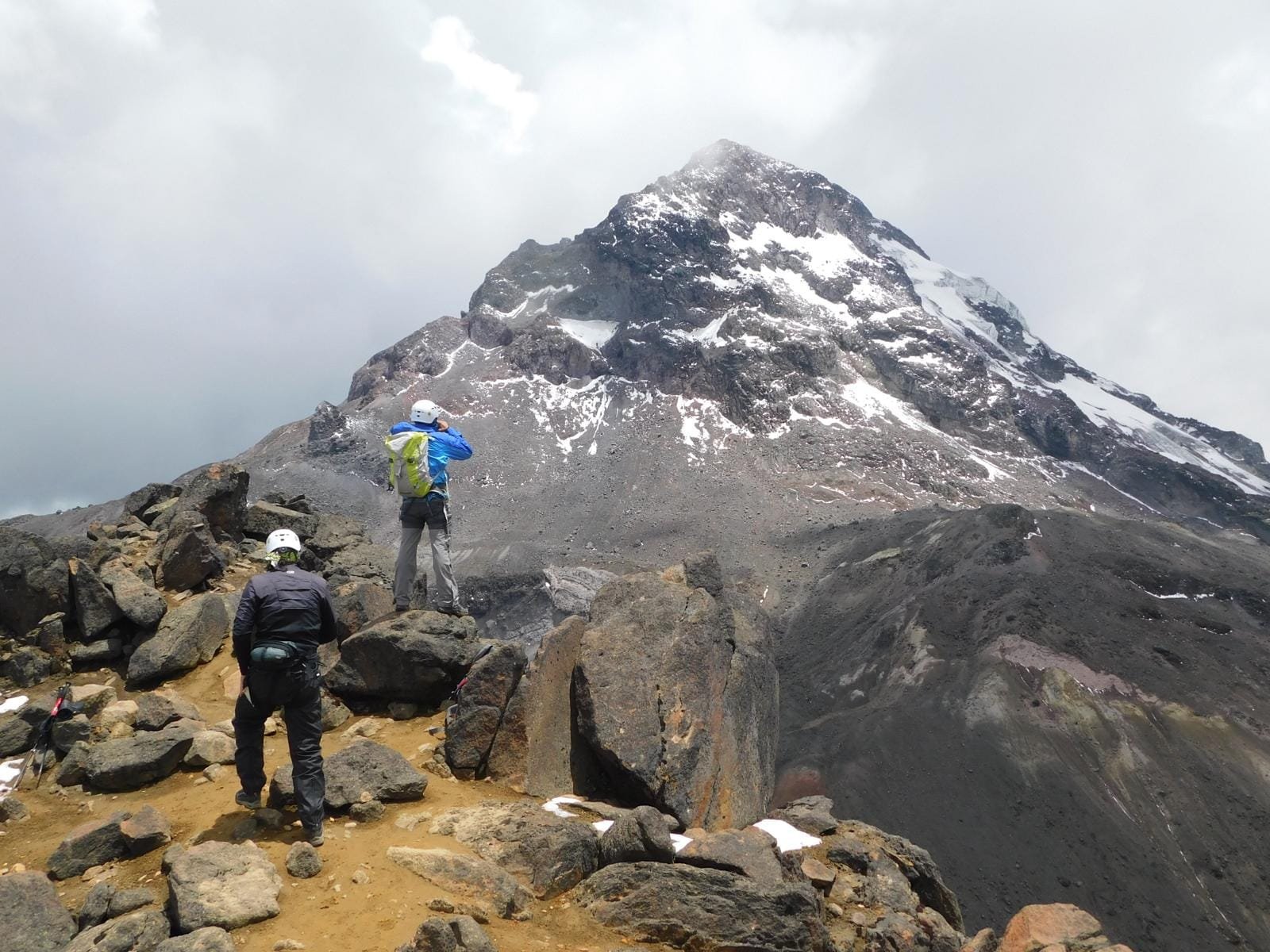From Quito
We’ll summit:
- Chimborazo Volcano: 6,263 m/ 20,548ft
If you’re a solo traveler, we can try to match you to another climber.
Our itinerary
Chimborazo Summit
“Face the giant. Summit Chimborazo.”
Solo Traveler Rate: from 960 USD for 1 participant. Alternatively, we can try to match you with another solo traveler for the tour.
Departures are every day of the week.
Important:
Please be advised that the itinerary is subject to change without prior notice due to external factors and at the discretion of the guide.
Activity times are approximate and may be adjusted if necessary.
Although we recommend participants have good fitness for the hike’s and climbs physical demands, please note that our experienced guide will always be there to provide support.
Please note that when you are a solo traveler and request us to match you with another climber, we cannot guarantee the physical condition or prior experience of your partner, just as we cannot guarantee your conditions and experience to the other climber. As a solo traveler with significant mountain experience and a strong desire to ensure a successful summit, we always advise booking a private tour.
Private 4×4 transportation from/to Quito
1 night at Whymper Refuge (In a shared room with a shared bathroom).
Meals:
- Day 1: Hot lunch and dinner
- Day 2: Breakfast after the climb
Full technical gear:
- Plastic boots, crampons, harness, helmet, ice axe, rope
- Waterproof jacket and pants, outer gloves, gaiters
- Headlamp (no batteries), carabiner
Access to protected areas
Summit certificate
- Base layers, fleece, inner gloves, 2–3 pairs of socks
- 2 backpacks (40L and small daypack)
- Neck warmer, sunglasses, sunscreen
- Sleeping bag
- Camera
- AAA batteries (2 sets for headlamp)
Extra water (min. 2 liters per day)
Extra food, snacks and drinks
Travel or accident insurance
Tips
Taxes: Only applicable to Ecuadorian citizens and companies.
Solo Traveler Rate: from 960 USD for 1 participant. Alternatively, we can try to match you with another solo traveler for the tour.
Departures are every day of the week.
Important:
Please be advised that the itinerary is subject to change without prior notice due to external factors and at the discretion of the guide.
Activity times are approximate and may be adjusted if necessary.
Although we recommend participants have good fitness for the hike’s and climbs physical demands, please note that our experienced guide will always be there to provide support.
Please note that when you are a solo traveler and request us to match you with another climber, we cannot guarantee the physical condition or prior experience of your partner, just as we cannot guarantee your conditions and experience to the other climber. As a solo traveler with significant mountain experience and a strong desire to ensure a successful summit, we always advise booking a private tour.
Private 4×4 transportation from/to Quito
1 night at Whymper Refuge (In a shared room with a shared bathroom).
Meals:
- Day 1: Hot lunch and dinner
- Day 2: Breakfast after the climb
Full technical gear:
- Plastic boots, crampons, harness, helmet, ice axe, rope
- Waterproof jacket and pants, outer gloves, gaiters
- Headlamp (no batteries), carabiner
Access to protected areas
Summit certificate
- Base layers, fleece, inner gloves, 2–3 pairs of socks
- 2 backpacks (40L and small daypack)
- Neck warmer, sunglasses, sunscreen
- Sleeping bag
- Camera
- AAA batteries (2 sets for headlamp)
Extra water (min. 2 liters per day)
Extra food, snacks and drinks
Travel or accident insurance
Tips
Taxes: Only applicable to Ecuadorian citizens and companies.
Frequently Asked questions
Chimborazo
Q: How difficult is the Chimborazo climb?
Q: Do I need previous climbing experience to summit Chimborazo?
Yes — previous climbing experience is highly recommended.
Chimborazo is one of the most demanding climbs in Ecuador due to its extreme altitude and technical terrain.
Q: What’s the altitude of Chimborazo?
Chimborazo’s summit stands at 6,263 meters (20,548ft), making it one of the world’s highest active volcanoes.
Q: What is the best time to climb Chimborazo?
The ideal time to climb Chimborazo is during Ecuador’s two dry seasons:
-
From mid-June to early August
-
From December to mid-January
These months generally offer more stable weather, clear skies, and safer glacier conditions, which are essential for a successful and enjoyable ascent.
Q: How many people are in a group?
This climb is available for small groups with a minimum of two participants. For safety reasons, summit day is guided with a 1:2 guide-to-client ratio.
Q: What happens if we can’t reach the summit?
High-altitude climbing always depends on weather and physical condition. If conditions aren’t safe, the guide may decide to turn back. Your safety is always the top priority.









